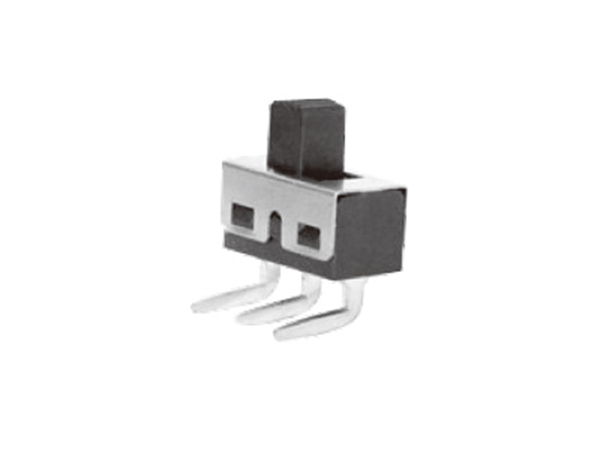Four-foot tact switch, as the name implies, there is a tact switch with four pins. It is commonly used, and it occupies a relatively large part. The four-pin mentioned here refers to the four pins of the touch switch. The four pins have two groups of switches. When pressed, the two groups are simultaneously powered on, and when they are released, the two groups are opened at the same time. Some people say this The four pins are for soldering the circuit board firmly. In fact, there is nothing wrong with this understanding.
Whether it is a four-pin tact switch or other tact switch, the working principles are similar. Partly because the pins are different and the switches are different, the basic working principle is different. What is the working principle of the four-foot tact switch?
Four-foot tact switch works
First, it is a combination of normally open contacts and normally closed contacts. In a four-foot tact switch, the function of a normally open contact is that when the pressure is applied to the normally open contact, the circuit is turned on. ; When this pressure is removed, the original normally closed contact is restored, which is the so-called disconnection. This pressing force is the action of using our hands to open and close the button.
Twenty-two, when the pressure is cancelled, the four-foot tact switch will be closed. The internal structure of the four-foot tact switch relies on a metal shrapnel to protect the force situation and realize on and off.
The principle of the three- and four-pin tact switch is related to its structure. For example, after the 220V AC power passes through the bulb H and the rectified full bridge, it becomes a DC pulsating voltage, which is applied as a forward bias to the thyristor VS and R branches. .
1. During the daytime, when the brightness is greater than a certain degree, the photodiode D exhibits a bottom resistance state ≤1KΩ, so that the transistor V is cut off, its emitter has no current output, and the unidirectional thyristor VS is blocked because there is no trigger current. At this time, the current flowing through the bulb H is less than or equal to 2.2 mA, and the bulb H cannot emit light. Resistor R1 and zener diode DW make the bias voltage of triode V not exceed 6.8V, and protect the triode.
2. At night, when the brightness is less than a certain degree, the photodiode D exhibits a high-impedance state ≥100KΩ, so that the triode V is turned on in the forward direction, and the emitter has a voltage of about 0.8V, so that the thyristor VS is triggered to turn on, and the bulb H emits light. RP is a brightness selection element that achieves switching in the morning or evening.
Fourth, no matter what kind of structure of the tact switch, the four-pin tact switch has four pins in common. The advantage of the four-pin tact switch is that it can be welded firmly. Very accurate use of four-foot touch switch for adjustment and control.




